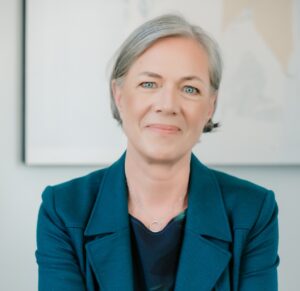November is a month for giving thanks in the U.S., but it’s also become a month devoted to giving on a much broader scale. Throughout the next several weeks, many of us will explore ways to help service organizations in our communities, or take action to volunteer at non-profits that benefit from our unpaid labor because they can expand the services they provide during year-end holidays. Many of us also contribute financially to causes that matter to us — some of us for the first time, others because of longstanding traditions that involve financial gifts to people and places that matter to us.
The numbers of organizations and causes to which we can contribute our hours, abilities and money continues to grow; we know our giving is more helpful than not. And yet, sometimes, when we’re trying to hold fast to the notion that it’s better to give than to receive, we feel unsettled and uneasy about the time, effort and money we are putting forth.
Let’s face it: sometimes giving is difficult.
At The Humphreys Group, we acknowledge that giving, much like investing, can be an emotional process with complex and complicated ties to past lessons and experiences in our lives. We don’t stop there, however. Instead, we encourage our clients to do the work that can help them reconcile what we call the “cost of kindness.” We invite those who struggle with giving to:
- Explore memories of giving experiences that may have been challenging for them — for instance, if there were occasions it felt like a duty or obligation — and give voice to the range of emotions that such experiences prompted at the time.
- Examine whether their giving behaviors fell short of the results they envisioned — for instance, that their dollars didn’t go far enough, weren’t acknowledged or weren’t used in the best of ways — and led to feelings of disappointment, frustration, sadness or anger.
- Urge them to recognize possible conflicts that giving might have caused. For instance, “over-giving”— choosing to give more financially than one could actually afford.
It’s well-documented that people feel better and can heighten their capacities to express empathy for others when they give naturally, voluntarily and from the heart — as well as within their means and in alignment with their values. For those who want to commit to giving but who need to find perspective on the emotions that surround their giving, we emphasize that reflecting on past giving behaviors and the feelings that resulted can offer fresh perspectives and inform any future giving endeavors.
As we begin to give thanks for another year, we welcome the opportunity to help you assess what you’ve gained and what you’ve given — and how you might continue giving in the future. Contact us today to begin the discussion.
























